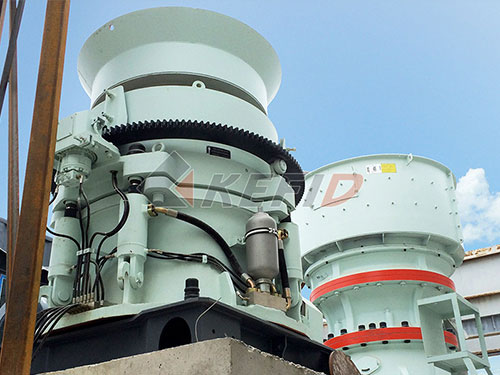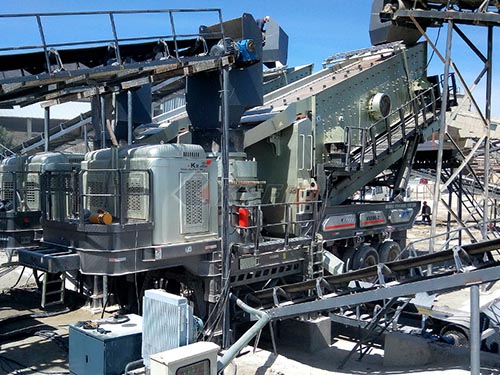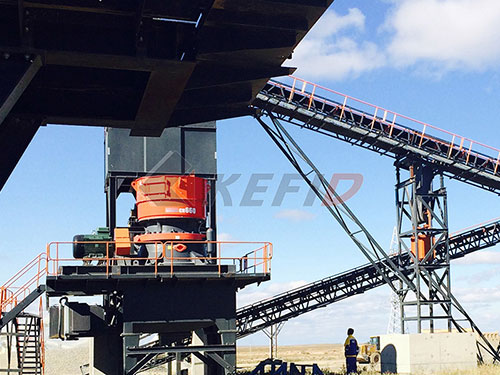The Enduring Workhorse: Unpacking the Pioneer 20×36 Jaw Crusher Specifications
In the demanding world of aggregate production and mining, few machines evoke the legacy of reliability quite like the Pioneer Jaw Crusher series. Among these stalwarts, the Pioneer 20×36 Jaw Crusher stands out as a proven performer designed for primary crushing applications where consistent output and robust construction are paramount.
While specific configurations could vary slightly depending on the exact model year and optional features chosen by the original purchaser (like power source or feeder type), here are the core specifications that define this classic machine:
1. Jaw Opening: The defining characteristic – 20 inches x 36 inches (508 mm x 914 mm).
This substantial opening allows it to accept large feed material efficiently.
2. Capacity: Rated production varies significantly based on:
Feed material characteristics (hardness, density, gradation)
Feed size distribution
Desired product size setting
Condition of wear parts
Under typical conditions with average material (like granite or basalt) and settings producing a well-graded product:
Estimated Capacity Range: Approximately 75 – 125 Tons Per Hour (TPH) / 68 – 113 Metric Tons Per Hour (MTPH).
3. Power Requirements:
Electric Motor Drive: Typically required a robust electric motor in the range of 100 HP to 150 HP (75 kW to 112 kW).
Diesel Engine Drive: Optional configurations often utilized diesel engines around 150 HP to 200 HP (112 kW to 149 kW).
4. Drive System:

V-belt drive from motor/engine to crusher flywheels.

Heavy-duty flywheels designed for smooth operation and energy storage.
5. Flywheel Speed: Operated at approximately 250 RPM.
6. Jaw Die Configuration: Utilized replaceable manganese steel jaw dies:
Stationary jaw die
Movable jaw die
7. Adjustment System: A key feature contributing to its reputation:
Hydraulic shim adjustment system.
Twin hydraulic cylinders allow operators to quickly adjust the closed-side setting (CSS) – even while crushing – ensuring consistent product size control without downtime.
8. Construction & Frame

Leave a Reply